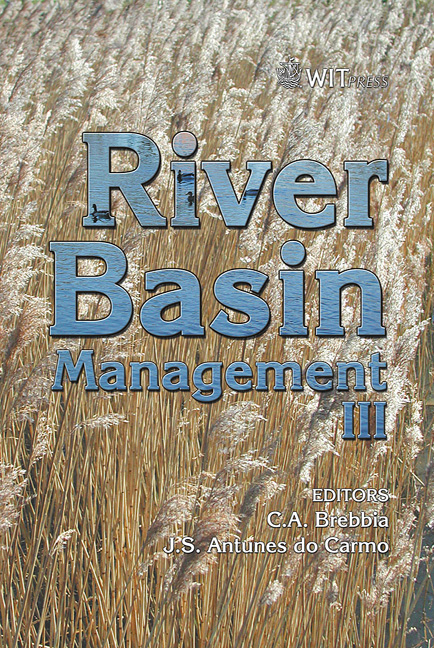Preconditions Of And Perspectives For Integrating Wetland Conservation And Sustainable Use Into River Basin Management In Estonia
Price
Free (open access)
Transaction
Volume
83
Pages
9
Published
2005
Size
1608 kb
Paper DOI
10.2495/RM050091
Copyright
WIT Press
Author(s)
K. Kimmel, V. Kuusemets & Ü. Mander
Abstract
Wetlands are a common feature in the Estonian landscape, covering approximately 30% of the country’s territory. Different wetlands have a number of vital functions connected with the hydrological characteristics and water quality of a particular catchment area. In accordance with EU policies, water resource management plans for 3 river basin districts and 8 sub-districts in Estonia must be established and implemented by 2009. Integrated river basin management is a useful tool that offers new possibilities for integrating prudent wetland use and conservation into environmental management and planning. Several recommendations are made concerning how to better implement ecotechnological measures, including wetlands use, in watershed management practice. Keywords: constructed wetland, natural wetlands, nature conservation, sustainable use, riparian wetlands, river basin management plans. 1 Introduction One of Estonia’s principal environmental policy goals is the protection of surface water bodies and coastal seas. For about 15 years, EU and national policies have been adopted to decrease the nutrient load and danger of eutrophication in the Baltic Sea. On the other hand, dramatic changes in agricultural policy and practices have taken place in the eastern part of the Baltic Sea drainage basin since the beginning of the 1990s. Despite all of these measures, the quality of the waters of the Baltic Sea has not significantly
Keywords
constructed wetland, natural wetlands, nature conservation,sustainable use, riparian wetlands, river basin management plans.





